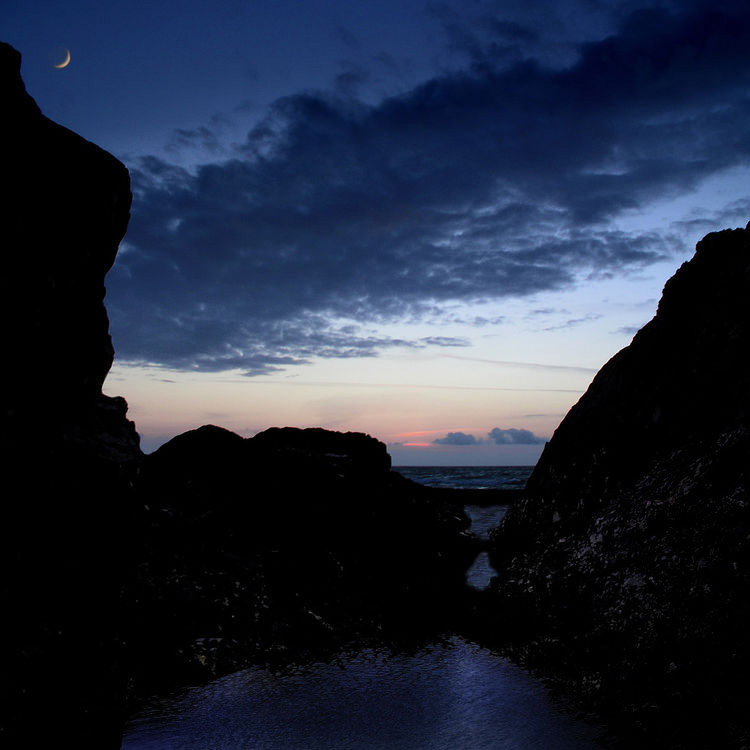Wales, Gwynedd and Llangwnadl
 Cymru- Wales
Cymru- Wales
The land of Wales is an upland promontory on the Western side of the Island of Britain, facing Ireland. For a millennium and a half it has been the home of a people distinct in language, custom and law, called, in their traditional language, Cymry (brothers), and in English, Welsh (strangers). In the main, and up to the present century, its story has been one of survival, as the British (or Brythonic) population either withstood or absorbed Romans, Irish, Saxons, Vikings, Normans and English. Yet, for reasons we may explore, Wales never evolved into a nation-state – approaching that status only for brief periods in the Middle Ages. Llywelyn II (often referred to as ‘the last Prince of Wales’), before his tragic death in 1282, was able to extract from the English Crown recognition of a ‘Principality’ of Wales; this concept has survived the centuries and still defines Wales constitutionally. Owain Glyn Dŵr (Owen Glendower) briefly restored the independent Principality at the beginning of the 15th century. An Act made by Henry Vlll in 1536 decreed that the Principality of Wales was forever incorporated in the realm of England. Parts of Wales remain rural and agricultural, but other parts became heavily industrialized from the late 18th century: it is often propounded that this, by making possible inward migration, ensured the survival of a Welsh identity into the modem world. Today, with a National Assembly based at Caerdydd (Cardiff), the capital city, Wales probably has more formal autonomy than at any previous time. The constitutional future is a subject of almost daily discussion.
 Gwynedd
Gwynedd
From time immemorial Wales has contained three provinces or principalities (each with its subdivisions): Gwynedd (North), Powys (Central) and Deheubarth (South). The borders fluctuated with the fortunes of individual leaders, but ‘Gwynedd’ (Latinised form, Venedotia) usually meant North-Western Wales, later the counties of Môn (Anglesey), Caernarfon and Meirionydd. (The present day administrative county of Gwynedd is smalIer, and does not include the island of Anglesey). There were times in the 12th -13th centuries when the Angevin or Anglo-Norman Empire extended from the foot of the Pyrenees to central Scotland. But on the river Conwy it stopped, because of the strength of the Princes of Gwynedd over two centuries. Gwynedd was the only province of mediaeval Wales to pursue a consistent policy of trying to unite the whole of Wales in a feudaI state.
An introduction to Llŷn
Llŷn a Spiritual Landscape
Llŷn Nature and Leisure
Culture and Heritage
Penllech Beach




